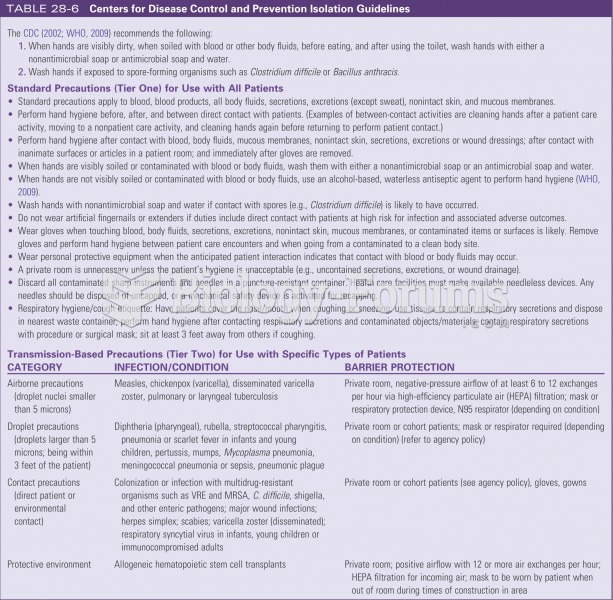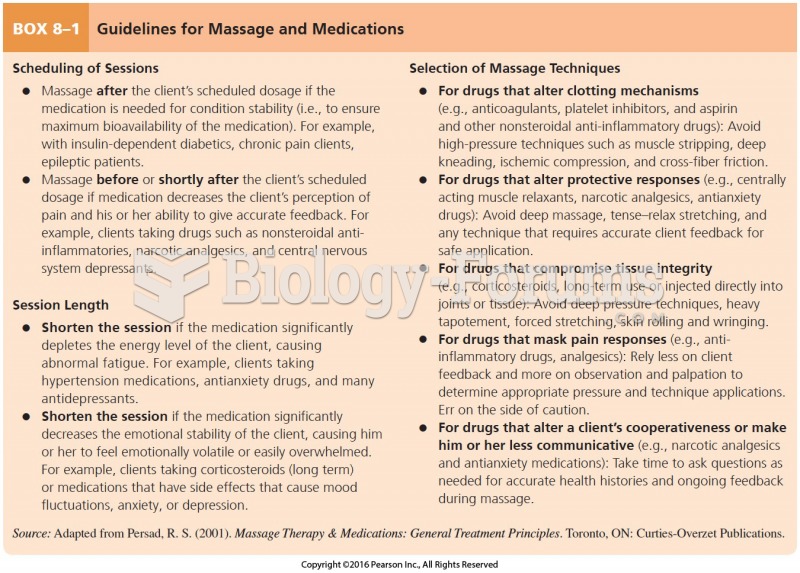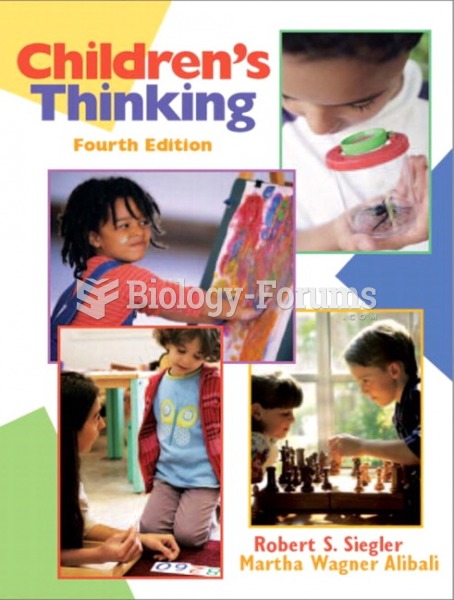Answer to Question 1
ANS: B, D, F
The unique vulnerability of children makes the decision to include them as research subjects particularly important. To safeguard their interests and protect them from harm, special ethical and regulatory considerations have been put in place for research involving children. However, the laws defining the minor status of a child are statutory and vary from state to state. Often a child's competency to consent is governed by age, with incompetence being nonrefutable up to age 7 years. Thus, a child younger than 7 years is not believed to be mature enough to assent or consent to research. A child 7 years or older with normal cognitive development can provide assent or dissent to participation in a study, and the process for obtaining the assent should be included in the research proposal. To obtain informed consent, federal regulations require both the assent of the children (when capable) and the permission of their parents or guardians. An infant is not capable of speech or of understanding the purpose of a research study.
Answer to Question 2
ANS: A, B, D
A breach of confidentiality can occur when a researcher, by accident or direct action, allows an unauthorized person to gain access to the study raw data. Confidentiality can also be breached in the reporting or publication of a study when a subject's identity is accidentally revealed, violating the subject's right to anonymity. Breaches of confidentiality can harm subjects psychologically and socially, as well as destroy the trust they had in the researchers. Breaches of confidentiality can be especially harmful to a research participant if they involve (1) religious preferences; (2) sexual practices; (3) employment; (4) racial prejudices; (5) drug use; (6) child abuse; and (7) personal attributes, such as intelligence, honesty, and courage.







